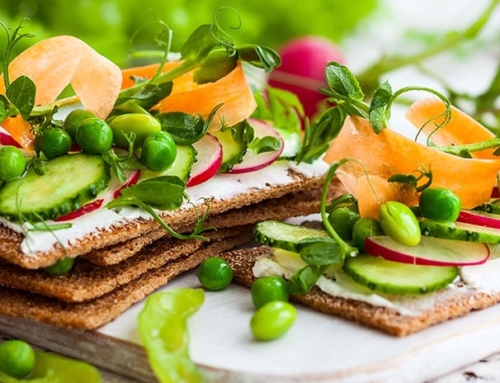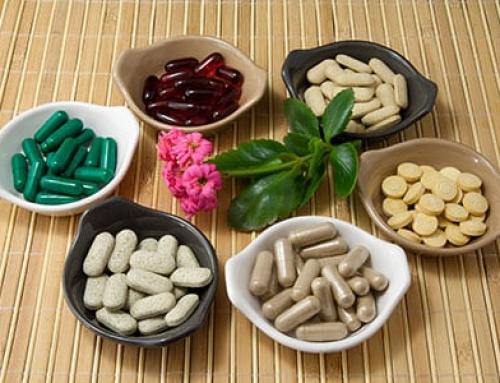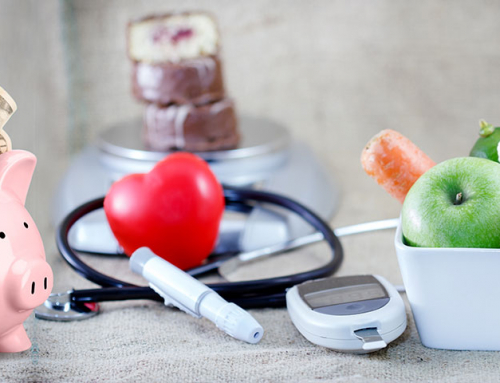Last week the American Heart Association announced ambitious new heart healthy guidelines which recommend that all Americans heavily limit their added sugar intake for the sake of their health – and their hearts.
New Guidelines
The new guidelines, which now mirror those set by the American Diabetes Association for persons with diabetes, state that added sugars (sugars that aren’t naturally part of the food we eat) should not account for more than 100 calories a day for most adult women or 150 calories for adult men, or the equivalent of no more than 6 to 9 teaspoons a day, respectively.
Naturally occurring sugars, like those found in milk, fruits, and vegetables, are not limited in the recommendations (although they must be taken into account in any carbohydrate conscious diet).
Considering that most Americans now consume 22 teaspoons, or 355 calories, per day – largely from soft drinks and other sweetened beverages – the average American will need to cut their sugar intake by a whopping 70% to meet the new guidelines!
The American Heart Association argues the health impact is large as heavy sugar consumption contributes to obesity, high blood pressure, and elevated triglycerides – all of which increase the risk for heart disease. An additional health concern is that even when calories are kept in balance, empty sugar calories do not offer the fiber and nutrients from more nutritious foods.
Where Sugars Lurk
As those with diabetes (or anyone else who watches sugar in their diet) can attest making the cut will be far from easy. While the added sugar in sweetened soft drinks and desserts may be obvious (a single soda has 8 to 10 teaspoons of added sugar and a piece of cake with frosting can have 15 teaspoons), many added sugars we consume are not as apparent.
Hidden sugars lurk in many of the foods we eat. From condiments and sauces to breads, snack bars, and even salad dressings, sugar is just about everywhere. Here are six tips to help slash the sugar from any diet.
Six Tips for Reducing Added Sugars
Added sugars should be limited to less than 2 to 3 teaspoons per meal. (Added sugars contain approximately 15 calories and 4 grams of carbohydrate per teaspoon).
- Eliminate sweetened beverages from your diet, including juice drinks with added sugars. (For blood sugar control, select whole fruit over 100% fruit juices).
- Limit sugary desserts and sweets. Curb portion size and opt for sweet treats sweetened with sugar substitutes, such as no-sugar added fudge bars or ice cream.
- If you have a generous sweet tooth, consider the use of sugar substitutes to curb your cravings. Today there are more sweet sugar-free options than ever in both food products and alternative table-top sweeteners.
- Be salad dressing savvy. Salad dressings often contain a lot of sugar, especially those that are reduced in fat. If it tastes sweet, you can bet there is added sugar. Read labels to find those with the least amount of sugar.
- Become a label sleuth. It may surprise you, but a half cup of jarred pasta sauce can have as much as 3 teaspoons of added sugar. Read labels and compare!
- Be cautious when choosing condiments. Ketchup contains one teaspoon of added sugar per tablespoon and barbeque sauce as much as 3 teaspoons per 2 tablespoon serving. Look for reduced sugar brands, limit quantity, or look for low-sugar recipes such as my Sweet Smoky Barbecue Sauce with only a mere hint of added sugar.
Contributed By: Marlene Koch






Leave A Comment